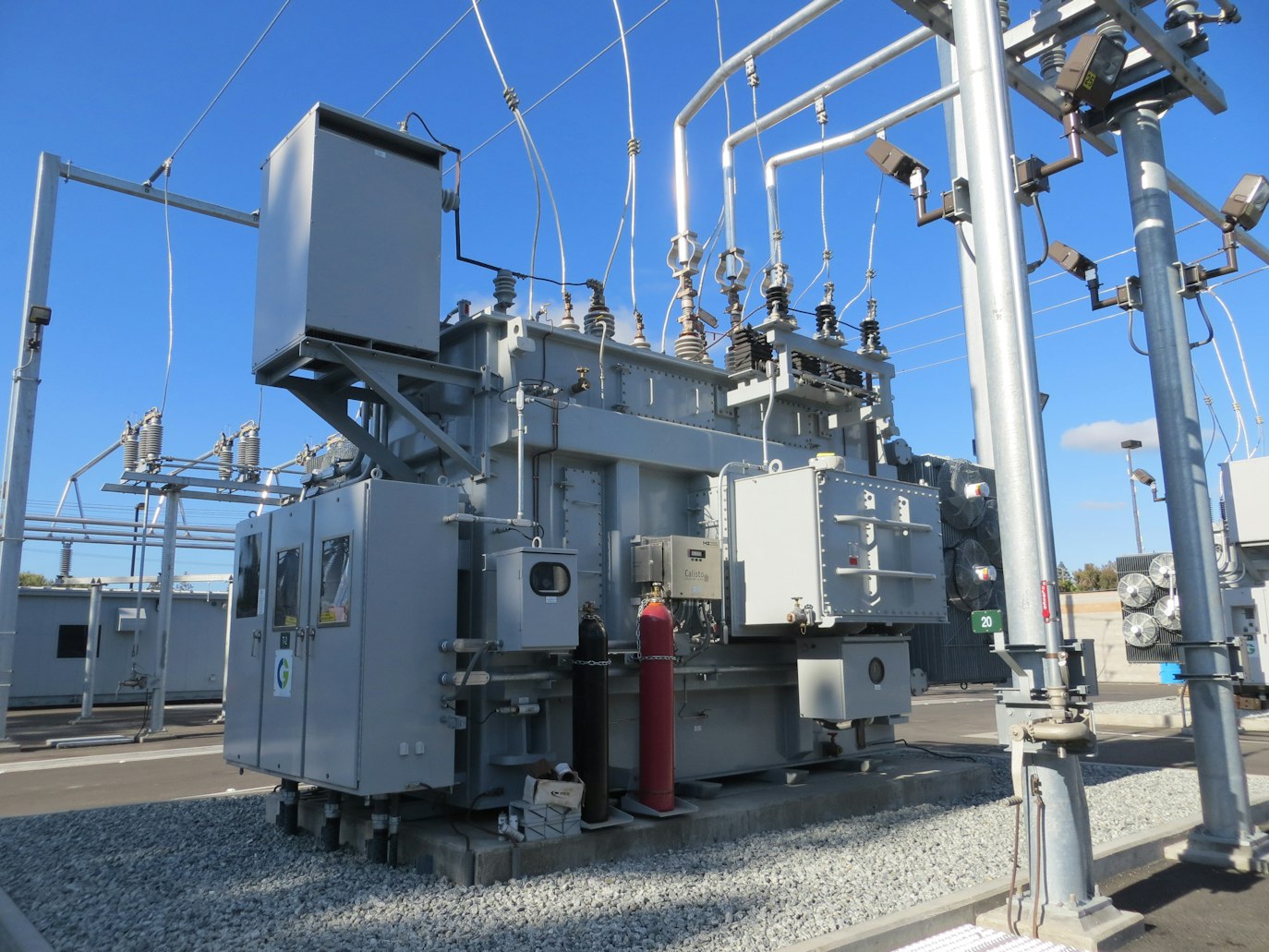When Does PG&E Shut Off Power for Non-Payment?
As a utility company serving millions of customers in California, Pacific Gas and Electric Company (PG&E) plays a crucial role in providing electricity and gas to homes and businesses. However, there are instances when customers may face the possibility of having their power shut off due to non-payment. Understanding when PG&E may resort to this action can help customers avoid unnecessary disruptions and financial difficulties. In this article, we will explore the circumstances under which PG&E may shut off power for non-payment, as well as provide valuable insights and tips to navigate this situation.
1. Delinquent Payment and Past Due Notices
When a customer fails to pay their PG&E bill by the due date, the account becomes delinquent. PG&E typically sends a past due notice to remind customers of their outstanding balance and the consequences of non-payment. This notice serves as a warning that further action may be taken if the bill remains unpaid.
2. Disconnection Warning Notice
If a customer fails to pay their bill even after receiving a past due notice, PG&E will send a disconnection warning notice. This notice informs the customer that their power may be shut off if payment is not made within a specified timeframe, usually around 15 days. It is essential for customers to take immediate action upon receiving this notice to avoid service interruption.
3. Payment Arrangements and Assistance Programs
PG&E understands that financial difficulties can arise, making it challenging for some customers to pay their bills on time. To assist customers in these situations, PG&E offers various payment arrangements and assistance programs. Customers can contact PG&E’s customer service to discuss options such as payment extensions, installment plans, or enrollment in low-income assistance programs.
4. Shut-Off Day and Timeframe
If a customer fails to make the necessary payment or arrangements within the specified timeframe after receiving the disconnection warning notice, PG&E may proceed with shutting off the power. The shut-off day and timeframe can vary depending on factors such as location and weather conditions. Typically, PG&E performs shut-offs during weekdays, between 8:00 am and 5:00 pm, to ensure customers have access to support services if needed.
5. Restoration of Service
Once the outstanding balance is paid or a payment arrangement is made, PG&E will restore the customer’s service. However, it is important to note that restoration may not occur immediately. The timeframe for restoration can vary depending on factors such as the volume of requests and the availability of technicians. Customers should contact PG&E to inquire about the estimated timeframe for service restoration.
6. Avoiding Power Shut-Off
While facing the possibility of a power shut-off can be stressful, there are steps customers can take to avoid this situation:
- Pay bills on time: Ensuring timely payment of bills is the most effective way to avoid power shut-offs. Setting up automatic payments or reminders can help customers stay on track.
- Communicate with PG&E: If financial difficulties arise, it is crucial to contact PG&E as soon as possible. Exploring payment arrangements or assistance programs can provide temporary relief and prevent service interruptions.
- Energy-saving measures: Implementing energy-saving practices can help reduce utility bills. Simple actions such as turning off lights when not in use, using energy-efficient appliances, and adjusting thermostat settings can make a significant difference.
- Seek financial assistance: In addition to PG&E’s assistance programs, customers can explore local organizations and government initiatives that provide financial aid for utility bills.
Frequently Asked Questions (FAQ)
1. Can PG&E shut off power during extreme weather conditions?
PG&E may delay or suspend power shut-offs during extreme weather conditions to ensure the safety and well-being of customers. However, it is essential to stay informed about any potential shut-offs and take necessary precautions.
2. Will PG&E shut off power without prior notice?
No, PG&E is required to provide customers with a past due notice and a disconnection warning notice before shutting off power for non-payment. These notices serve as a warning and provide customers with an opportunity to take action.
3. Can PG&E shut off power on weekends or holidays?
While PG&E typically performs shut-offs during weekdays, between 8:00 am and 5:00 pm, there may be exceptions. In urgent cases, PG&E may conduct shut-offs on weekends or holidays. It is important to stay informed and be prepared.
4. What should I do if my power is shut off?
If your power is shut off, contact PG&E immediately to inquire about the reason for the shut-off and the steps required for restoration. Additionally, explore available resources in your community that may provide temporary assistance.
5. Can PG&E shut off power during the COVID-19 pandemic?
PG&E has temporarily suspended power shut-offs for non-payment during the COVID-19 pandemic to support customers facing financial hardships. However, it is essential to stay updated on any changes in policies and communicate with PG&E regarding payment options.
6. Can PG&E shut off power for medical reasons?
PG&E recognizes the importance of electricity for customers with medical needs. If you or someone in your household requires electricity for life-supporting equipment, it is crucial to inform PG&E and register for the Medical Baseline Program. This program provides additional protections and notifications to ensure uninterrupted service.
Summary
Understanding when PG&E may shut off power for non-payment is crucial for customers to avoid unnecessary disruptions. By paying bills on time, communicating with PG&E, implementing energy-saving measures, and seeking financial assistance when needed, customers can navigate this situation effectively. It is important to stay informed about PG&E’s policies, take advantage of available resources, and proactively manage utility bills to maintain uninterrupted service.
